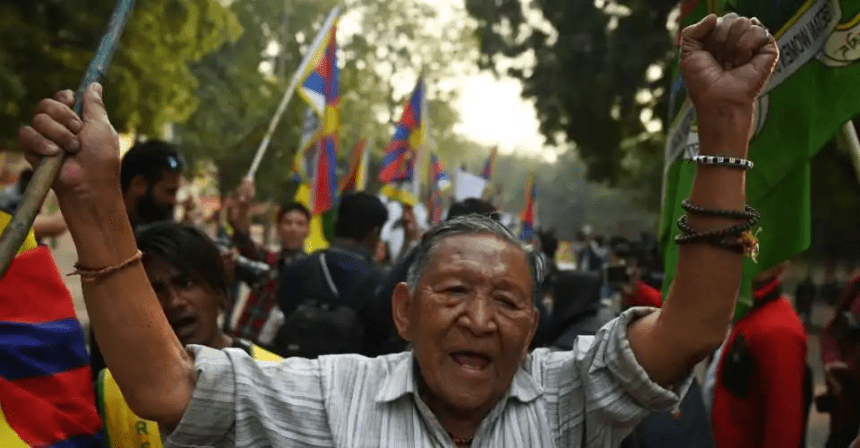Over 1,000 citizens and monks of Tibet have been arrested for protesting against a hydropower dam project on the Drichu river in eastern Tibet.
The arrests come in the backdrop of protests that began on February 14, 2024 when 300 Tibetans demonstrated at the Dege County Hall against the proposed hydropower project construction and seeking withdrawal of relocation from the vicinity.
On February 20, the authorities inspected Yena and Wonto monasteries during the preparation for their demolition. A video released by Radio Free Asia showed monks prostrating themselves before the visiting Chinese officials to plead with them to halt the construction of the dam, said a release from the International Tibet Network (ITN).
The Chinese authorities on February 22, arrested more than 100 Tibetans including monks. More arrests followed on February 23, when more than 1,000 people were held, the ITN noted.
Speaking with Down To Earth (DTE), Lobsang Yangtso, a senior environmental researcher from ITN, said, “At least six monasteries are under lockdown and monks and residents were physically assaulted.”
Yangtso said that internet connectivity has been restored after a brief shut down.
The Tibetan Centre for Human Rights and Democracy (TCHRD), a non-profit Tibetan human rights organisation based in Dharamshala, India, has alleged that the decision to announce relocation of Tibetans was strategically aligned with Tibetan New Year to divert public attention and minimise potential unrest.
The organisation, in a media release on their website, have said that use of police force was done to intimidate, suppress and arrest Tibetans. The police used water bullets and electric weapons, causing injuries leading to hospitalisation of many, the organisation noted.
“Currently, at least 13 hydropower stations exist solely in the upper reaches of the Drichu on Tibetan land. Six of these are massive dams with a power generation capacity exceeding a million kilowatts,” it observed.
TCHRD said the Chinese government is accelerating constructions of new dams on major rivers located in Tibet such as Drichu. The move is resulting in significant damage to the fragile natural environment and displacing thousands of Tibetans in the process, the statement said.
Two major landslides in recent years have affected the flow of Drichu river, it added.
“The Chinese government’s construction of large dams in areas known to be ecologically vulnerable, driven by purely economic motives, demonstrates a complete disregard for the safety of both Tibet’s environment and its people,” said Nyima Woeser, researcher at TCHRD, in the statement.






